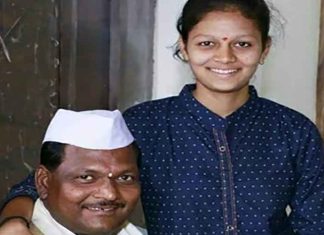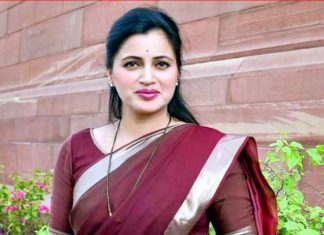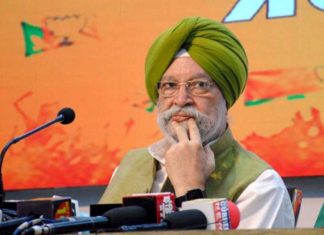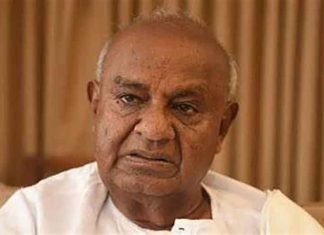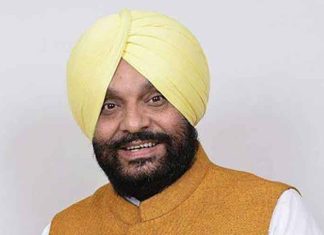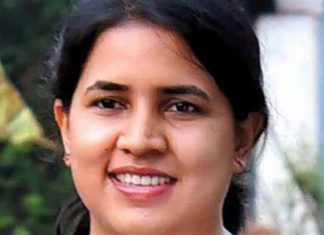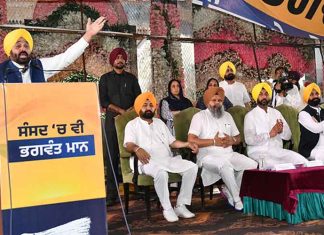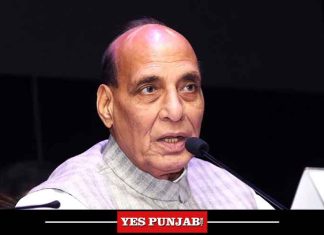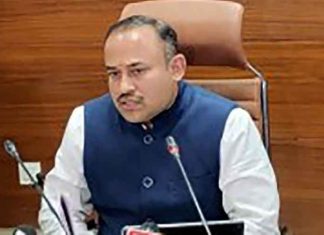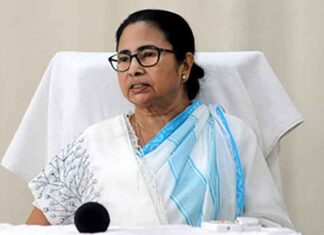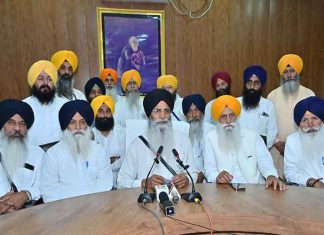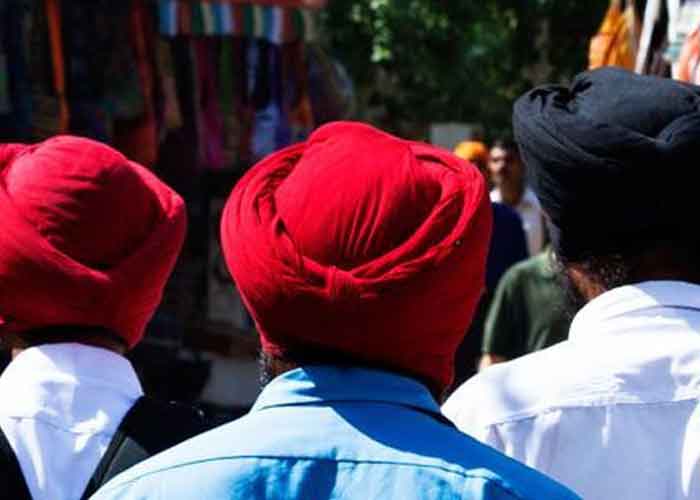New Delhi, Dec 4, 2022- The Judiciary and the Executive in India’s celebrated democracy appear to be locking horns once again. The distance between these two pillars of democracy may be intended for the smooth flow of function-oriented procedures, but often leads to entanglement.
A recurring anomaly is the disagreement between these two pillars of democracy, particularly over the appointment of judges of the apex court. This was brought forth recently. The Centre came up with the idea of the National Judicial Appointments Commission (NJAC) to replace the collegium system.
The Constitution 99th Amendment Act, 2014, paved the way for the NJAC Act to replace the collegium system for the appointment of judges, but in 2015, a five-judge constitution bench of the Supreme Court shot down the Act in the following year. It is apparent even now that the executive has not made peace with the Supreme Court on the matter.
Article 124(2) of the Constitution holds that “Every Judge of the Supreme Court shall be appointed by the President by warrant under his hand and seal after consultation with such of the Judges of the Supreme Court and of the High Courts in the States as the President may deem necessary for the purpose.”
The collegium system has overhauled the situation as it evolved from the Second Judges Case of 1993 involving a nine-judge bench. The committee comprising the Chief Justice of India (CJI) and the four senior-most judges of the Supreme Court, commonly called the collegium, sends the recommendation for the appointment of a judge to the top court.
For the appointment of a High Court judge, the collegium comprises the CJI, two senior-most judges of the Supreme Court, chief justice of the High Court and two senior-most High Court judges.
The collegium basically decides who will be appointed as judge to the Supreme Court or of a High Court.
Union Minister for Law and Justice Kiren Rijiju recently described the collegium system as “alien” to the Constitution, adding: “Never say that the government is sitting on the files, then don’t send the files to the government, you appoint yourself, you run the show.”
As far as the Constitution goes, it is clear on the balance of power – the Supreme Court’s pushback against what amounts to overreach by the political executive is timely and welcome. On the other hand, it is arguably the court’s prerogative to deal with reforms within.
The question that now arises is about the transparency and accountability of the process. This necessitates the understanding and working of the collegium system.
Commonly called “judges selecting judges”, in this system, judges are appointed and transferred only by judges. This system owes its existence not to any legislation or a Constitutional provision but has evolved out of the judgments of the Supreme Court.
The Supreme Court collegium is a five-member body headed by the CJI and comprising four senior-most judges of the court. A High Court collegium is led by the incumbent Chief Justice and two senior-most judges of that court.
Under this system, the Chief Justice of India must send its recommendations to the law minister within four weeks. The Centre must then make the appointment immediately or it can send the recommendation back for reconsideration, and, if the names are reiterated then they should be appointed within 3-4 weeks.
As per convention, the government is obliged to accept the Collegium’s recommendation if the decision has been reiterated. That is to say that the Executive may successfully delay the appointments but ultimately, the Judiciary has its way.
Given the concept of separation of power, independent nature of the judiciary and its need to perform effectively without bias and influence of the other arms of the government, the collegium system is justified to the extent that it is an exercise of checks and balances in the government.
However, the existence of the collegium system is only a method of check, which is balanced by the due process of the government by finalising the appointments.
India, however, does not happen to be the only country to have the collegium system. Canada makes its appointments through the Governor in Council, the U.S. and France through the President. (Agency)
Subscribe to YesPunjab Telegram Channel & receive Important News Updates






